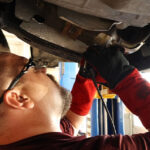Driving can be dangerous on snow and ice-covered roads. Whether you’re new to driving or you have been dealing with Indiana winters for years, it’s always a good idea to refresh yourself on how to drive safely when winter weather strikes.
1. Get Your Vehicle Ready

Knowing your vehicle’s most important components are in good condition can give you peace of mind you’re in control when the weather escalates. If you’re unsure, bring your vehicle in and one of our ASE certified technicians can perform a thorough inspection.
Here are a few items at the top of the winter checklist:
- Coolant
- Battery
- Lights
- Tires
- Wipers
For a limited time, we’re offering our guests a free winter safety check at all our central Indiana locations. When you arrive, just tell your technician you are there for a safety check!
2. Know Your Brakes
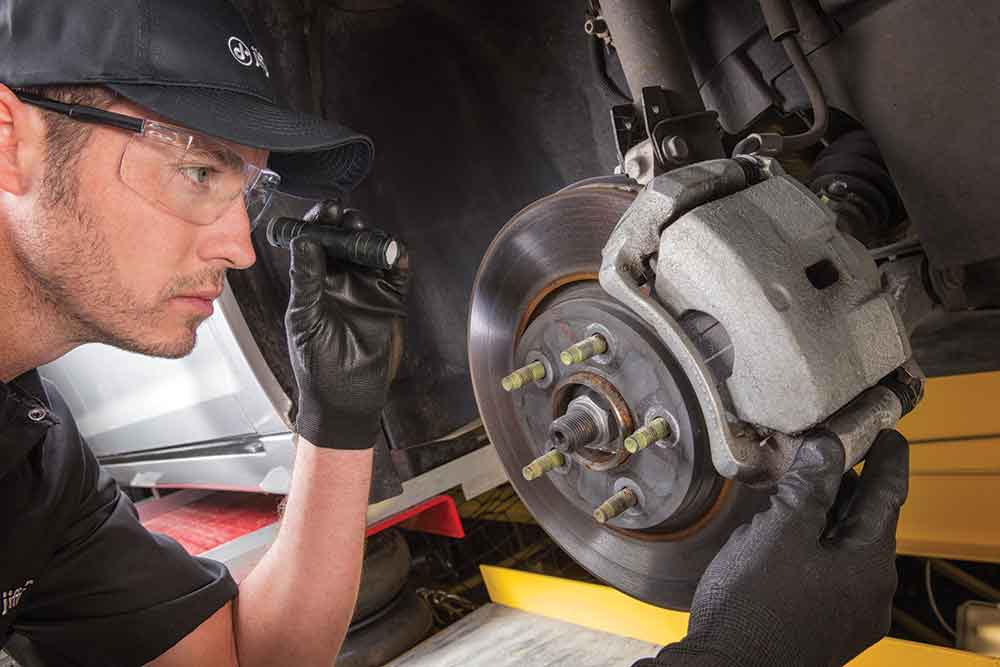
Knowing what kind of brake system you have is important to determine what to do if you’re sliding on ice or snow. Car manufacturers implemented anti-lock brake systems in their vehicles in the 1970s, and while common, it’s still important to determine if your vehicle features anti-lock or non-anti-lock brakes to know the right method for handling slides.
If you have anti-lock brakes, apply even pressure the entire time and do not remove your foot from the brake. You may feel the brake pedal vibrate and press against your foot. This is normal and means the system is working as it was designed.
If you do not have antilock brakes, perform “threshold” braking. Keep your heel on the floor and use the ball of your foot to apply firm, steady pressure to the threshold of the brakes locking. If the brake system does lock up, pump the brake pedal with your foot.
3. Add Distance Between You and Other Vehicles
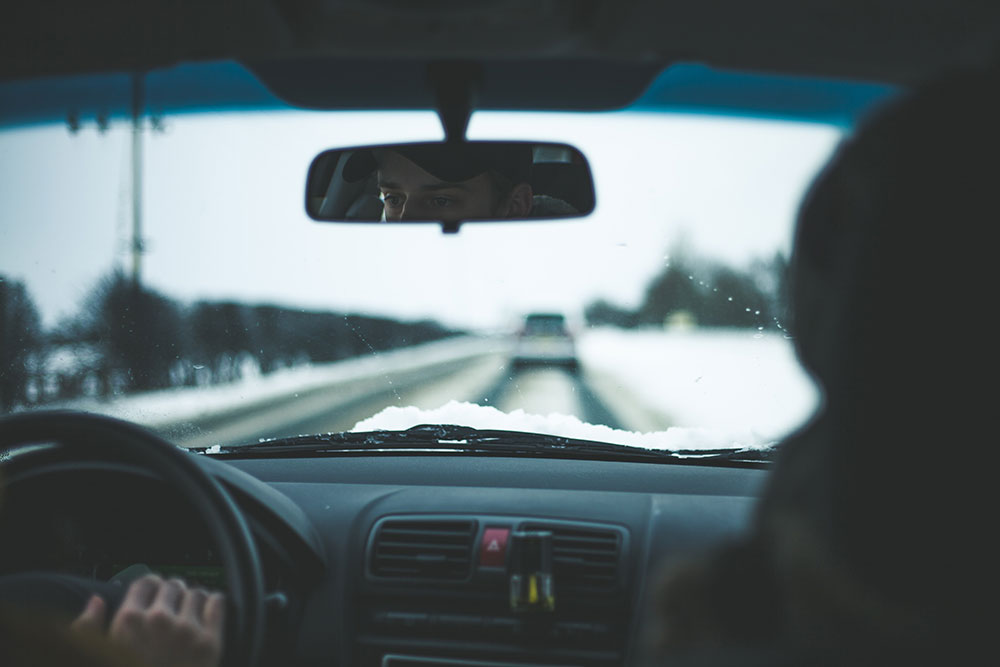
When weather conditions are fair a good following distance is between three and four seconds behind the car in front of you. To determine your following distance let the vehicle in front of you pass an inanimate object like a telephone pole or sign and then count how many seconds it takes for you to pass the same object.
When ice or snow are present increase your following distance to eight to 10 seconds. Always keep an eye on the traffic in front of you. If you see brake lights or skidding vehicles, reduce your speed and increase your following distance even more.
Another good rule of thumb is to avoid using your cruise control during inclement weather.
4. Avoid Unnecessary Lane Changes
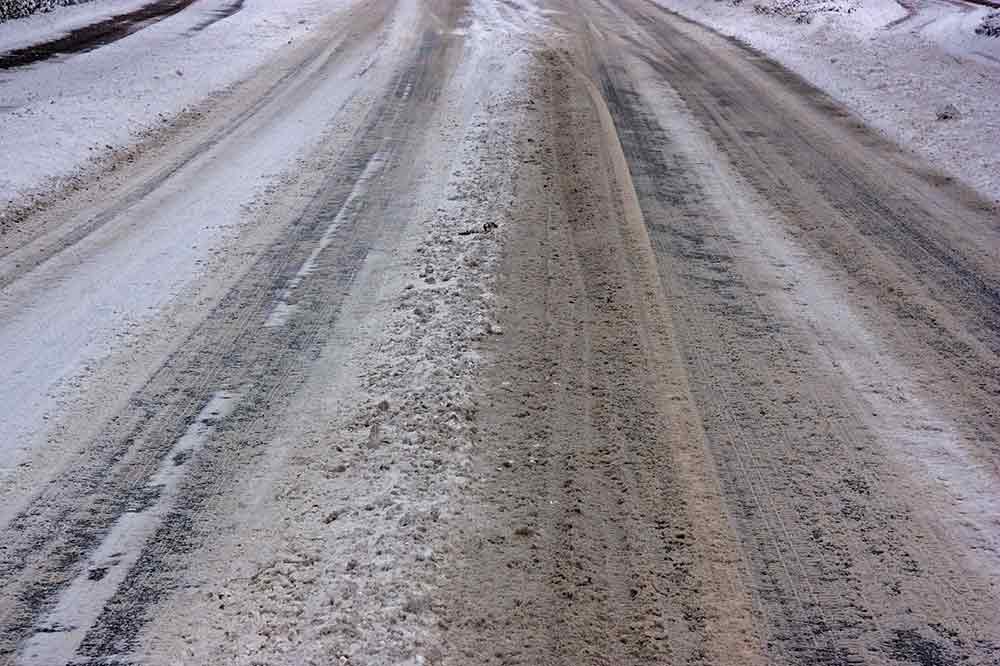
Changing lanes can increase your chance of hitting ice or losing traction. When driving on a multiple-lane highway always stay in the lane that has been most recently cleared.
5. Put Together A Winter Preparedness Kit
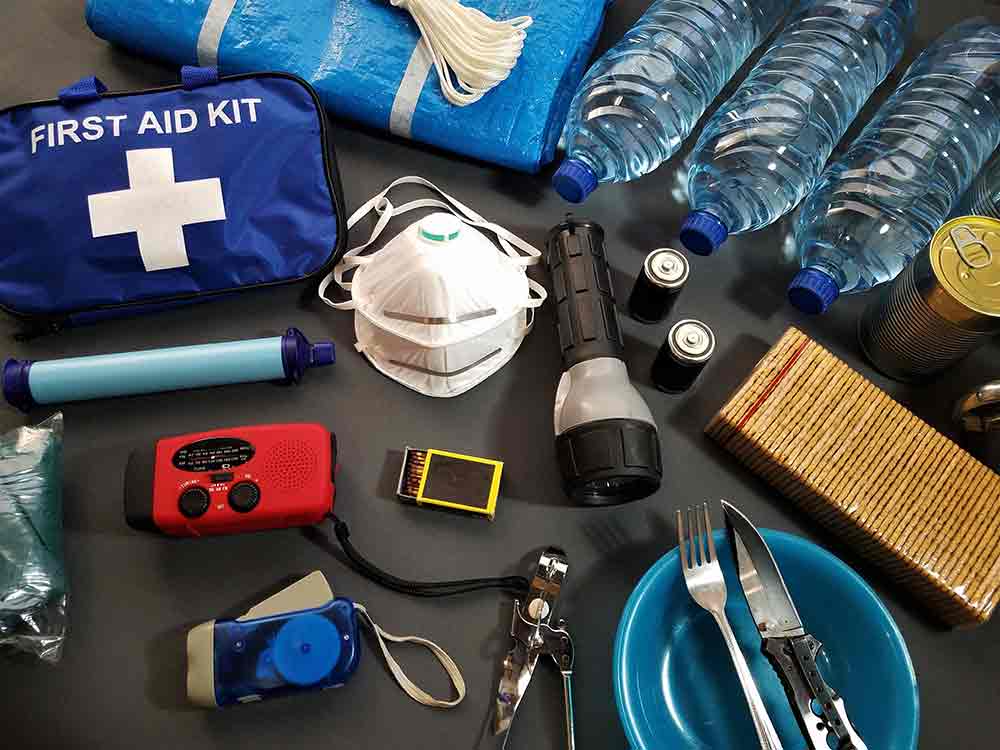
Even when taking extra precautions accidents can still happen. You should always be prepared for an emergency by keeping a preparedness kit in your vehicle.
Keep warm clothes, blankets, snacks, water, and a first aid kit in your vehicle at all times. For additional safety-kit ideas, check out this list.






